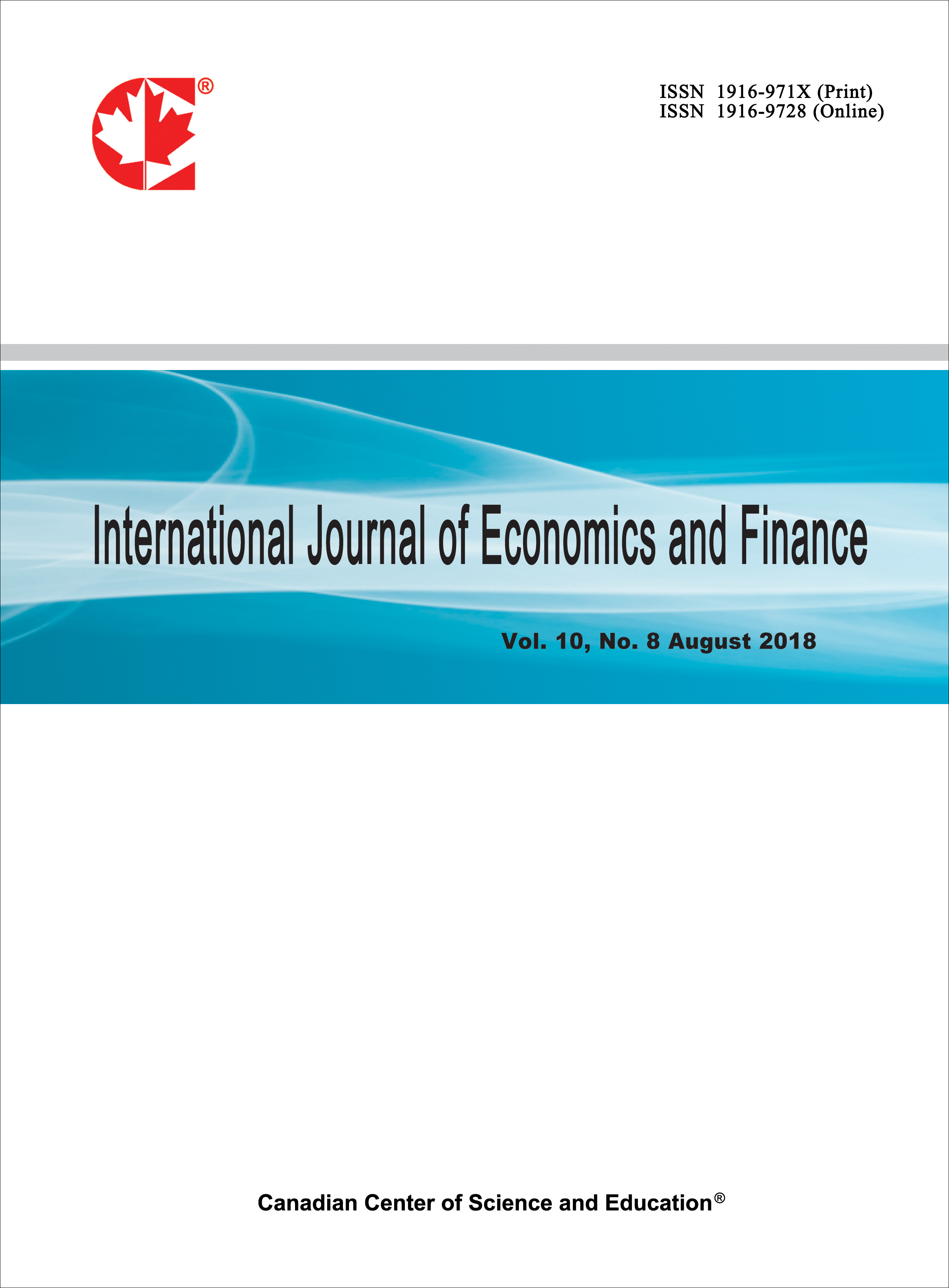Impacts of Dynamic Fiscal Multipliers on Brazilian Economic Growth: A Note on NARDL
- Francisco J. S. Rocha
- Heriberto Brito Pereira
- Átila Amaral Brilhante
Abstract
Analyzing fiscal multipliers reveals that the impacts of government spending on the economy aren’t always symmetrical; that is, an increase in spending can have a different effect than a reduction of the same magnitude. Evidence of asymmetries in the positive and negative effects of expenditures is crucial for effective fiscal policy formulation. The study analyzed the asymmetric effects of dynamic fiscal multipliers, government revenues, and expenditures on the growth of the Brazilian economy from 2003 to 2019. A Nonlinear Autoregressive Distributed Lag (NARDL) model was used, yielding the following results. A decrease in government expenditures produced an uncommon outcome. Specifically, a reduction in expenditures led to a decrease in GDP growth until the 4th quarter. After this point, GDP began to grow, moving into positive territory and remaining there until reaching its long-run negative limit in the 16th semester. In other words, a reduction in expenditures resulted in an improvement in the expectations of economic agents (producers and consumers) and in the country’s macroeconomic situation. Conversely, a reduction in revenues, through a decrease in taxes, led to GDP growth until the twelfth quarter, peaking in the fourth quarter. It can be assumed that this growth was caused by increases in households’ disposable income, enabling greater consumption, and by increased financial resources allocated to business investments.
- Full Text:
 PDF
PDF
- DOI:10.5539/ijef.v17n10p45
Journal Metrics
Index
- Academic Journals Database
- ACNP
- ANVUR (Italian National Agency for the Evaluation of Universities and Research Institutes)
- Berkeley Library
- CNKI Scholar
- COPAC
- Copyright Clearance Center
- Directory of Research Journals Indexing
- DTU Library
- EBSCOhost
- EconBiz
- EconPapers
- Elektronische Zeitschriftenbibliothek (EZB)
- EuroPub Database
- Genamics JournalSeek
- GETIT@YALE (Yale University Library)
- Harvard Library
- Harvard Library E-Journals
- IBZ Online
- IDEAS
- JournalTOCs
- LOCKSS
- MIAR
- NewJour
- Norwegian Centre for Research Data (NSD)
- Open J-Gate
- PKP Open Archives Harvester
- Publons
- RePEc
- ROAD
- Scilit
- SHERPA/RoMEO
- SocioRePEc
- Standard Periodical Directory
- Technische Informationsbibliothek (TIB)
- The Keepers Registry
- UCR Library
- Ulrich's
- Universe Digital Library
- UoS Library
- ZBW-German National Library of Economics
- Zeitschriften Daten Bank (ZDB)
Contact
- Michael ZhangEditorial Assistant
- ijef@ccsenet.org
